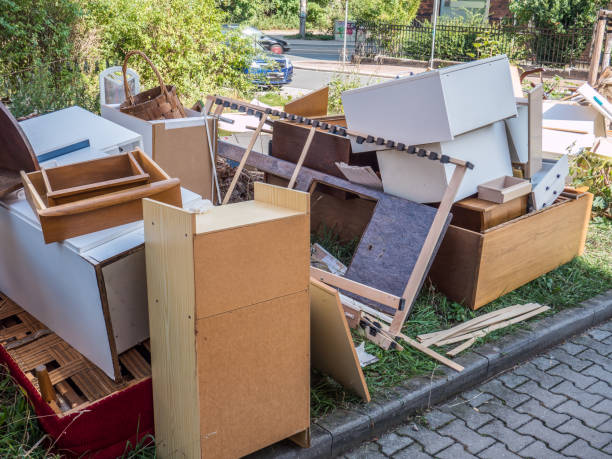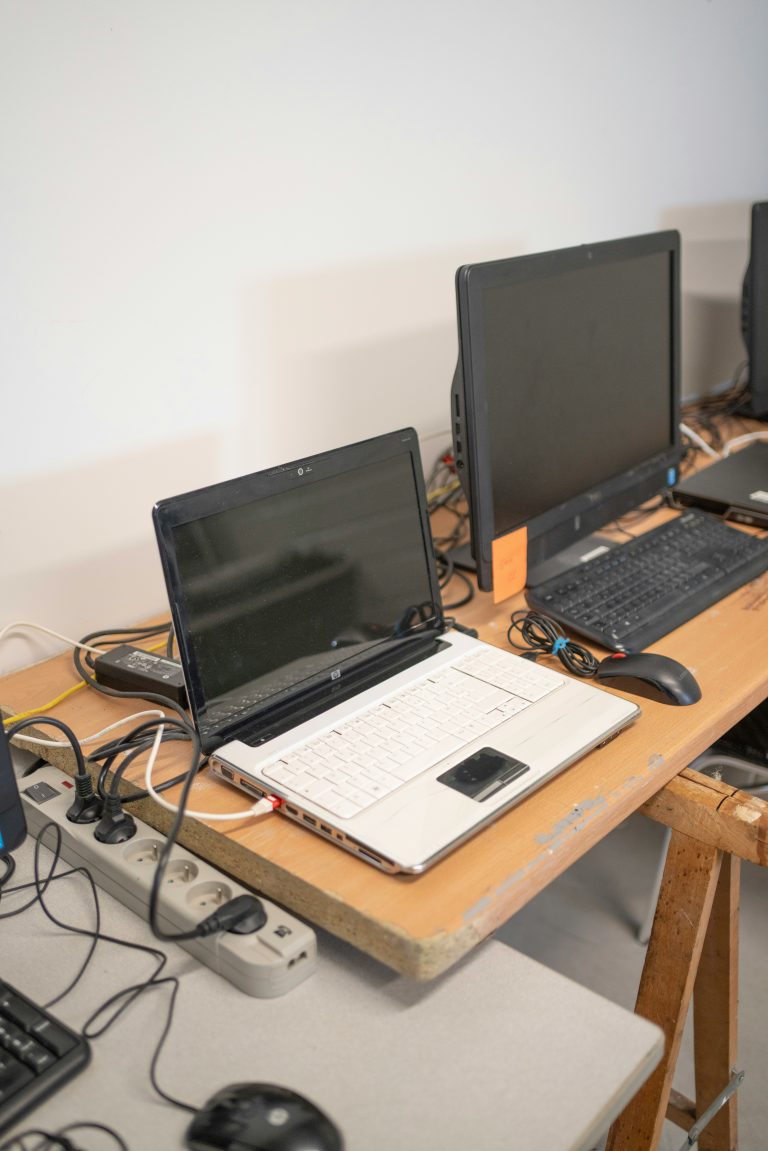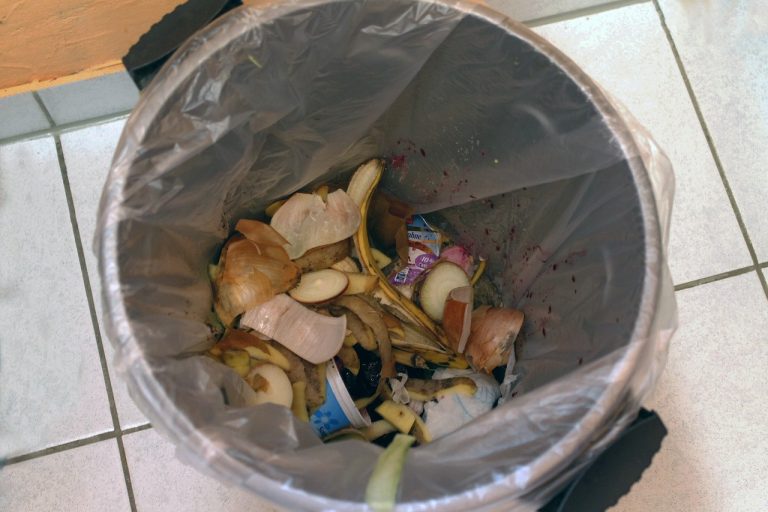How do I get rid of excess junk
Introduction: Why is it important to get rid of excess junk?
Getting rid of excess junk may seem daunting, but it’s crucial. Clutter-free spaces promote peace and can enhance productivity and well-being, especially when much stuff is removed. Unwanted items take up both physical and mental space, making it difficult to focus on what truly matters. By decluttering, we create room for new opportunities.
Living in a cluttered environment can be overwhelming and cause stress and anxiety. The constant reminder of unfinished tasks or the sight of unused items can be burdensome. Decluttering fosters a sense of tranquility that aids concentration and decision-making.
Excessive clutter can also have negative physical effects. Dust in cluttered areas can trigger allergies or respiratory issues. Removing junk ensures a safer living environment.
Decluttering isn’t just about getting rid of physical items; it’s also about letting go of emotional baggage associated with them. Holding onto things from the past can prevent us from moving forward and embracing new opportunities. Freeing ourselves from emotional attachments to material possessions creates mental space for personal growth.
If you’ve been hesitant about decluttering, remember that each item you remove brings you closer to a more fulfilling life. Start small or seek help if needed. Take control of your surroundings and free yourself from the burden of excess junk—it will benefit your mind, body, and soul. Embrace the freedom and possibilities of a clutter-free life by getting rid of much junk!
Understanding the MECE Principle
The MECE Principle is an invaluable framework for tackling complex problems and developing effective solutions. MECE stands for Mutually Exclusive, Collectively Exhaustive, meaning that a problem is broken down into distinct, non-overlapping parts that cover all possible aspects.
Benefits of the MECE Principle
- Organized Analysis: MECE ensures facts are arranged in a clear, systematic manner.
- Comprehensive Evaluation: It guarantees that all possibilities are considered, including various ways to get rid of junk, leaving no stone unturned.
- Enhanced Decision-Making: This principle fosters logical thinking, aiding in the identification of gaps and overlaps in analysis.
Deepening Your Understanding of waste management in decluttering
Mastering the MECE Principle goes beyond basic comprehension, especially in waste management and decluttering efforts. It enables individuals to approach problem-solving more effectively by dividing issues into manageable components. This method ensures a thorough analysis, preventing the oversight of critical elements.
Practical Application of junk removal strategies
- Clarity in Complexity: Break down intricate problems into simpler, non-overlapping categories.
- Holistic Coverage: Ensure that every possible aspect of the problem is addressed.
- Efficiency in Solutions: Identify and focus on specific areas without redundancy, leading to more precise and effective solutions.
Unlock the potential of the MECE Principle today! Enhance your problem-solving abilities and make better decisions by mastering the art of deconstructing complex issues. Don’t miss this opportunity to elevate your analytical skills and achieve more structured and comprehensive solutions.
Assessing your junk: Identifying what is truly excess
To effectively manage clutter, it’s crucial to identify what constitutes excess in your life. Consider the following guidelines to help you determine what to keep and what to discard:
- Usefulness: Assess whether an item serves a purpose or holds special meaning. If it doesn’t, it may be considered excess.
- Functionality enhanced by less much stuff: Check if the item is in good condition and performs its intended function. Broken or outdated items are often unnecessary.
- Redundancy: Evaluate items that serve the same purpose. Having multiple versions of the same thing can create unnecessary clutter.
- Frequency of Use: Consider how often you use an item. If it hasn’t been used in months or years, it might be taking up space without adding value.
- Space Constraints: Take stock of your available storage space. Ensure that your belongings fit within these limits; anything beyond this may be too much.
- Emotional Attachment: Avoid letting emotions cloud your judgment when deciding to get rid of stuff. If an item has no practical use but holds sentimental value, carefully consider whether it’s worth keeping.
By keeping these factors in mind, you can make informed decisions about what is truly necessary and what constitutes clutter.
Pro Tip: Visualize a minimalist lifestyle where only essential and meaningful items are present. This mental image can guide you in making decisions about what to keep and what to let go of.
Method 1: Selling or donating your excess junk
Decluttering your space can feel like a magical transformation, but instead of a wand, you’ll need trash bags, a junk removal plan, and tips to help declutter your home. Here’s a comprehensive guide to get you started:
Step 1: Assess Your Inventory
Begin by taking stock of all the items you want to declutter. Evaluate their condition to decide if they can be sold, donated, or should be discarded.
Step 2: Research Prices
For items you plan to sell, research the market value of similar products online. Check sites like eBay, Craigslist, or specialist forums, or consult experts to help you set a fair price.
Step 3: Choose a Selling Platform
Select the most suitable platform for selling your items. Options include:
- Online marketplaces (e.g., eBay, Facebook Marketplace)
- Classified ads (e.g., Craigslist)
- Social media groups
Step 4: Prepare Items for Sale
Clean, repair, or refurbish items to enhance their appeal. Take high-quality photos and write detailed descriptions that highlight the features and condition of each item.
Step 5: Arrange Pickup/Delivery
For larger items, offer local pickup or delivery services. If selling online, be clear about shipping options and costs in your listings.
Step 6: Explore Donation Options
For items that aren’t suitable for selling or have little market value, consider donating to:
- Charities
- Shelters
- Thrift stores
Check their donation guidelines and arrange drop-off or collection as needed.
Additional Tips
- Garage Sale or Community Swap: Organize a garage sale or a community swap event to quickly get rid of multiple items.
- Join the Second-Hand Market: The global second-hand market is projected to reach $64 billion by 2024, showcasing a significant way to get rid of stuff (Source: ThredUp). Selling or donating excess items contributes to this growing industry and promotes sustainability.
By following these steps, you can efficiently declutter your space, potentially make some money, and support your community. Start today and enjoy a more organized and serene environment.
Method 2: Decluttering and organizing your space
It’s time to clear out the clutter and create a more organized and serene space. Follow these steps to transform your environment:
Step 1: Sort Through Your Belongings
- Categorize: Go through each item and decide whether to keep, donate, or discard it. Use separate boxes or designated areas for each category to streamline the process.
- Assess Value: Determine the usefulness, condition, and frequency of use for each item. This will help you make informed decisions about what to keep and what to let go.
Step 2: Create a System
- Organize by Frequency and Function: Place items in specific spots based on how often you use them and their purpose. Frequently used items should be easily accessible, while seldom-used items can be stored away.
- Utilize Storage Solutions: Invest in storage containers, labels, and shelving to maximize space and keep things tidy. Clear bins and labeled boxes can help you quickly identify the contents.
- Designate Spaces: Assign specific areas for different categories of items, such as a designated spot for keys, mail, and everyday essentials.
Step 3: Maintain Regularly
- Set a Schedule: Dedicate time each month to review your belongings and decide if anything needs to be removed. Regular maintenance prevents clutter from accumulating.
- Routine Checks: Incorporate quick checks into your daily or weekly routine to keep your space organized. This makes it easier to find items and reduces stress.
Pro Tips for Successful Decluttering
- Start Small: Begin with small areas, such as a single drawer or a shelf, before moving on to larger spaces. This approach builds momentum and provides a sense of accomplishment, particularly through effective junk removal practices.
- Stay Consistent: Consistency is key. Regularly dedicate time to decluttering to maintain an organized space.
- Visualize the Outcome: Picture how your space will look and feel once it’s organized. This visualization can motivate you to keep going.
By following these steps and incorporating these tips, you can effectively declutter your space, getting rid of much junk, making it more functional and enjoyable. Start today and experience the benefits of a well-organized environment.
Method 3: Recycling and responsible disposal options
Recycling and responsible disposal are essential practices for managing excess junk, reducing waste, and protecting the environment. Follow these steps to ensure you’re making a positive impact:
Identify Local Recycling Centers
- Locate Facilities: Search for nearby recycling centers that accept various materials such as paper, plastic, glass, and metal.
- Specific Programs for junk removal: Check if they offer special programs for large items like furniture, appliances, and mattresses.
Sort and Separate Materials
- Categorize Waste: Separate recyclables from non-recyclables to ensure proper disposal. This step is crucial for effective recycling.
- Hazardous Materials: Identify when and where to drop off hazardous materials like batteries, electronics, and chemicals.
Donate or Sell Usable Items
- Reduce Waste: Donate or sell items in good condition to reduce waste and help others in your community.
- Local Programs: Look for local charities or organizations that accept donations of gently used items.
Proper Disposal of Non-Recyclable Items
- Research Disposal Methods: Learn how to properly dispose of broken or expired products that cannot be recycled or donated. This includes items like old medications and certain types of plastics.
Take Advantage of Incentives
- Incentives and Benefits of efficient junk removal: Some recycling centers offer incentives such as discounts or special offers for recycling certain materials. Utilize these benefits to save money while contributing to environmental conservation.
Community Resources and Action
- Explore Local Resources: Investigate the resources available in your community for recycling and responsible disposal.
- Community Involvement: Engage with local programs and initiatives aimed at waste reduction and environmental sustainability.
By following these steps, you can effectively manage excess junk and contribute to a greener future. Now is the time to take action. Together, we can make a significant impact on our environment by reducing waste and promoting responsible disposal practices.
Conclusion: Embracing a minimalist lifestyle and enjoying the benefits of a clutter-free space
Adopting a minimalist lifestyle offers numerous benefits. It enables you to concentrate, alleviate stress, and enhance productivity. This approach involves retaining only items that are essential and hold value to you, fostering a tranquil and well-organized environment.
To begin, simplify your life. Evaluate each possession. Does it bring you happiness? Is it practical? If not, consider parting with it.
Minimalism prioritizes quality over quantity. Invest in items that are durable and versatile, which is also more environmentally friendly.
Instead of accumulating more possessions, prioritize experiences. Travelling or pursuing hobbies can provide fulfilment that material goods cannot.
Pro Tip: Implement the one-in-one-out rule. For every new item acquired, remove an existing one. Embracing minimalism is an ongoing journey, but it can lead to a more meaningful and fulfilling life.







